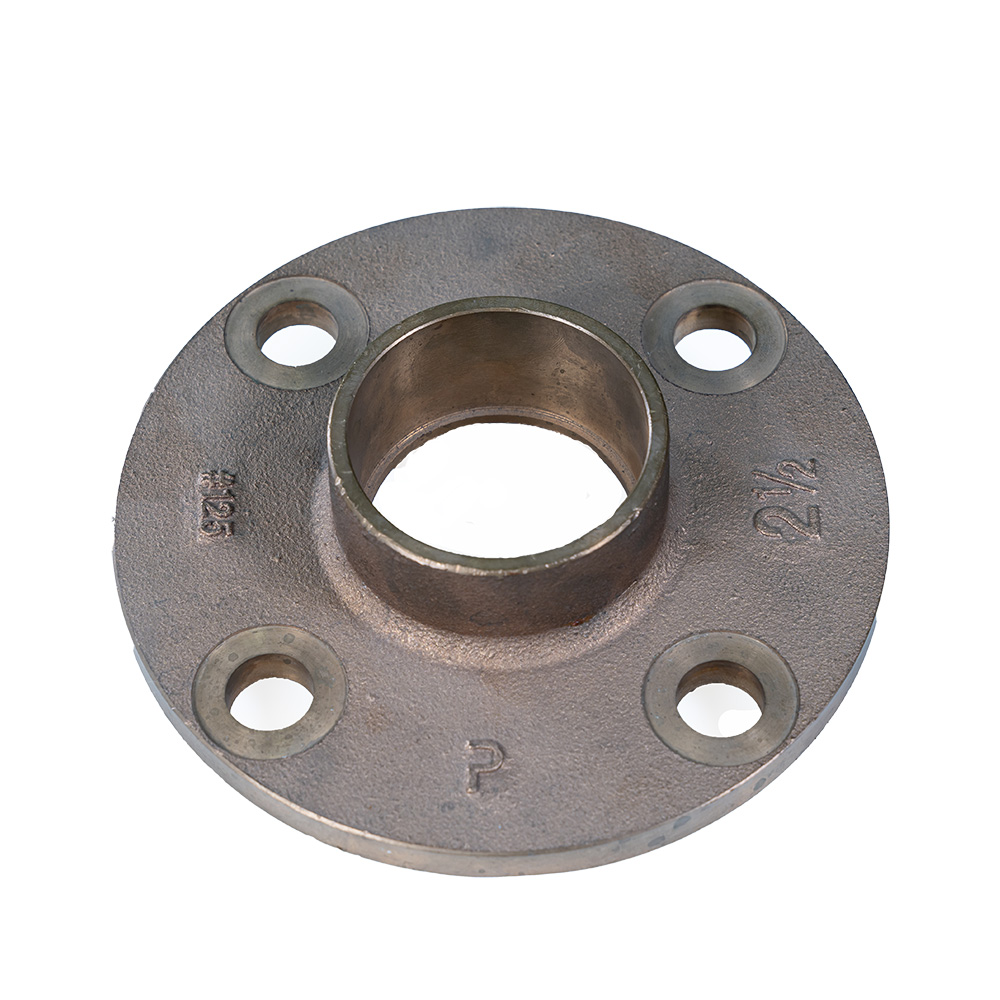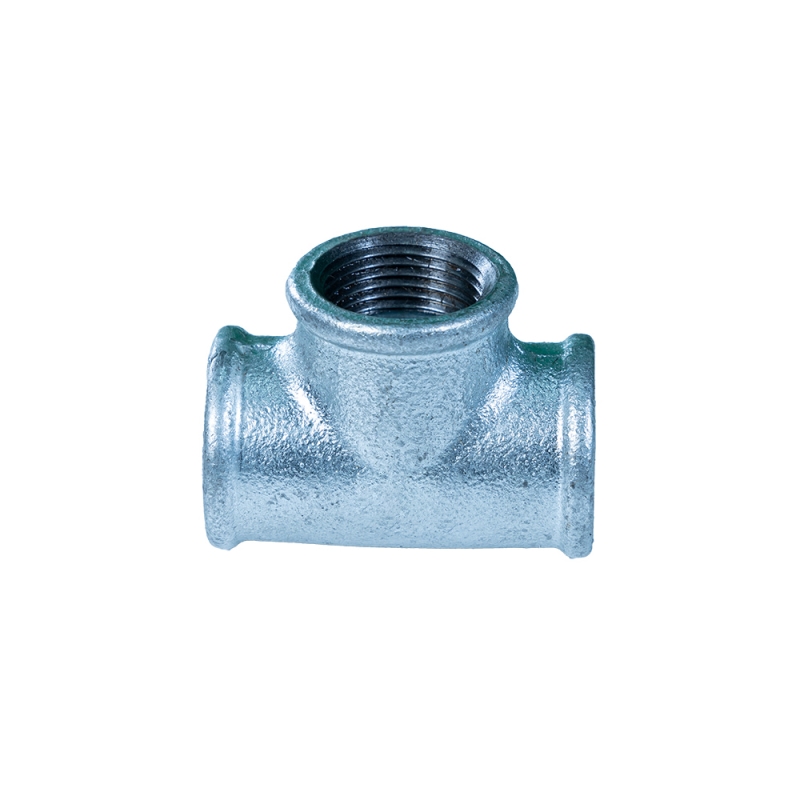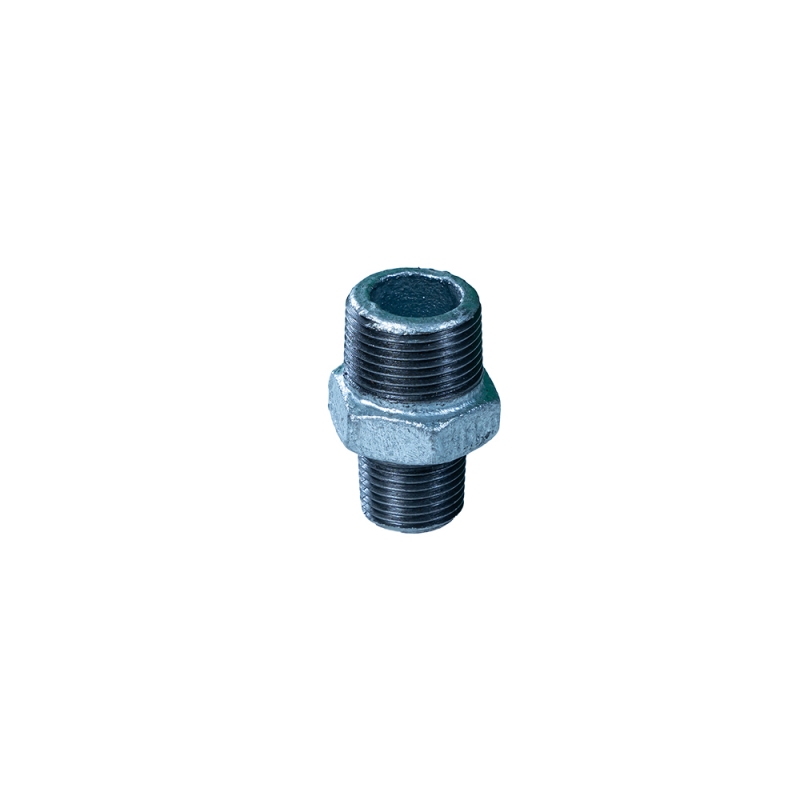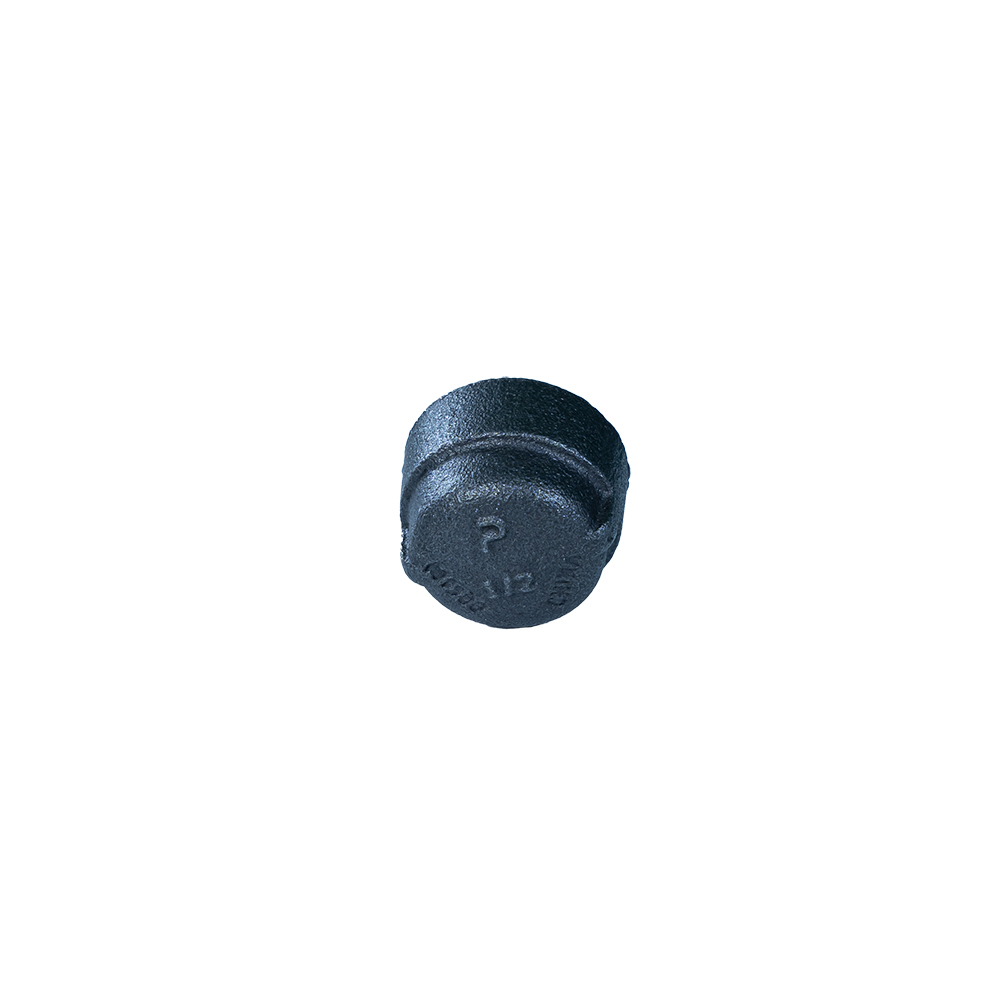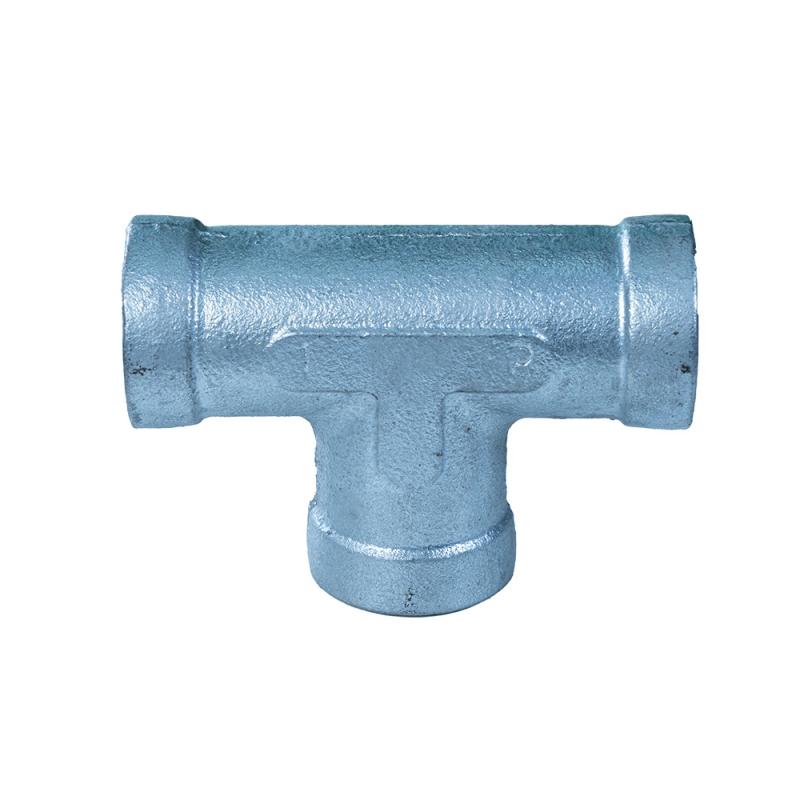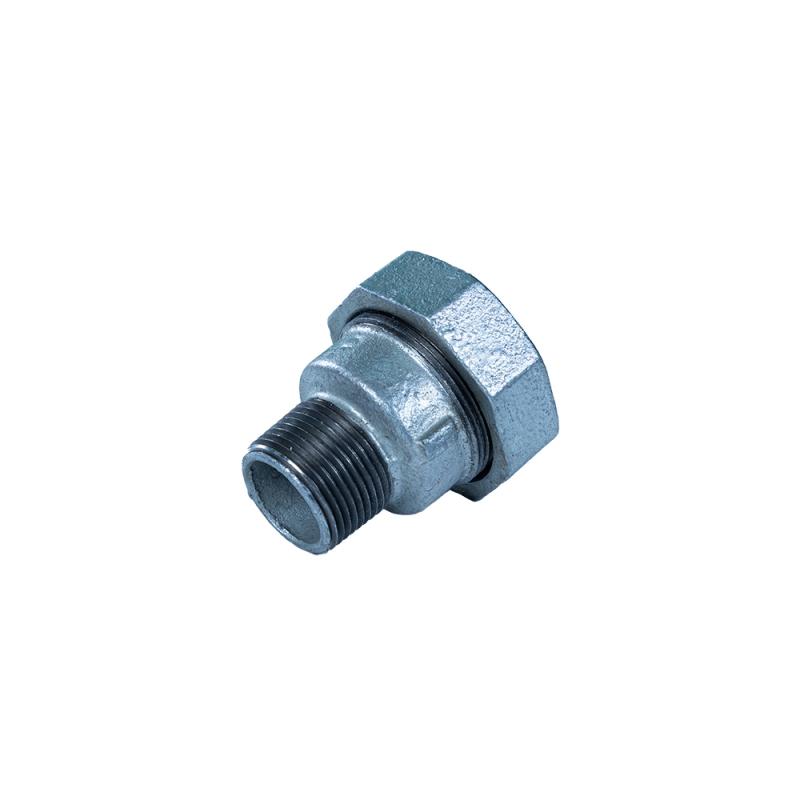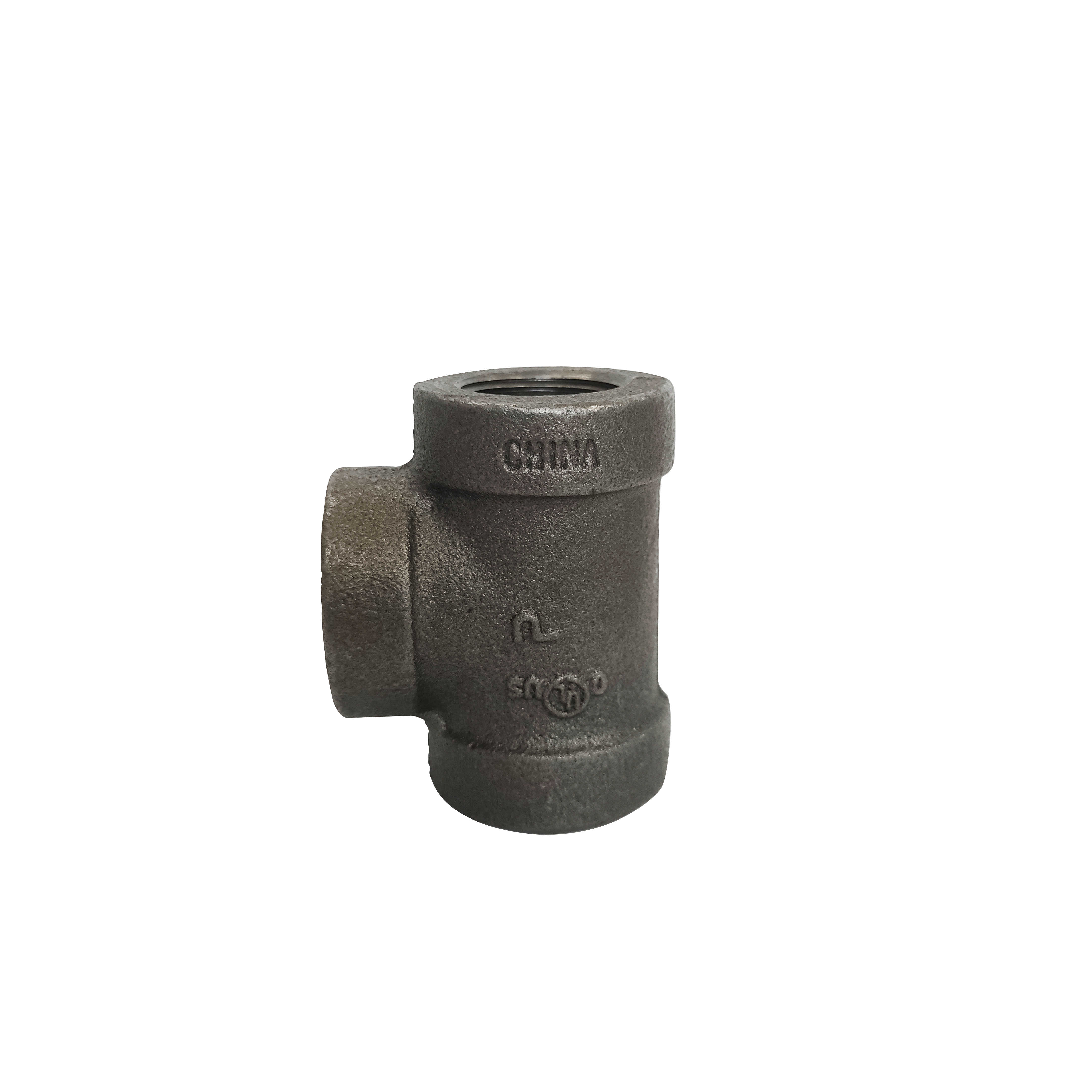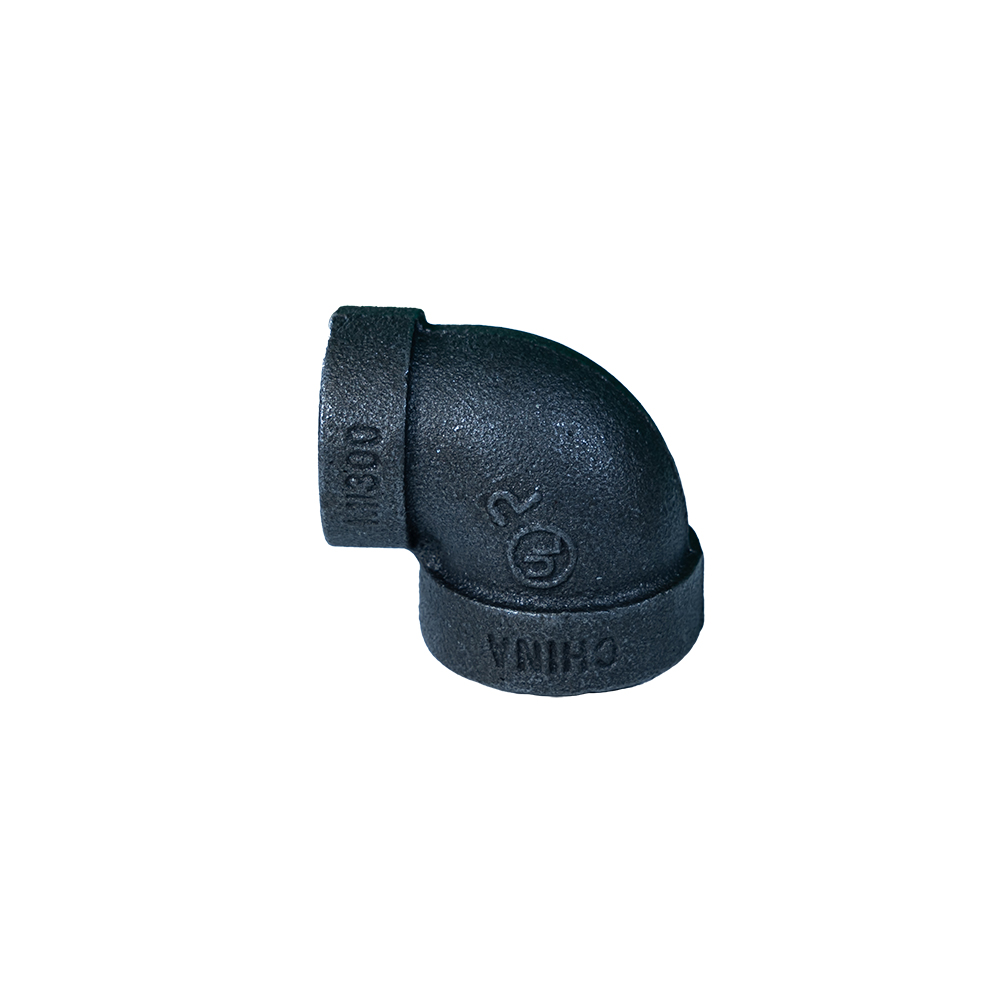In plumbing, HVAC, and industrial piping, the 90 degree elbow is one of the most essential and widely used fittings. Its primary function is to change the direction of flow in a pipe network by 90 degrees, either vertically or horizontally. Whether the piping carries water, gas, oil, or air, a 90 degree elbow helps route pipelines around structural obstacles, corners, or along complex pathways without compromising system integrity.
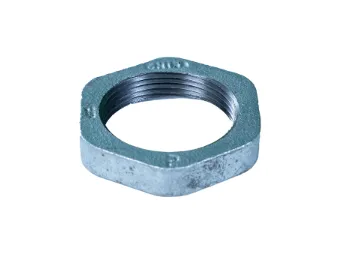
90 degree elbow fittings are available in a range of materials including stainless steel, PVC, copper, cast iron, and galvanized steel. Each material type is chosen based on the application environment—for example, copper and brass for potable water, stainless steel for corrosive chemicals, or PVC for low-pressure drainage systems. These elbows come in threaded, socket weld, and butt-weld types, making them adaptable to both residential plumbing and industrial infrastructure.
The versatility of the 90 degree elbow lies in its range of sizes—from ½ inch for small residential lines to 12 inches or more for municipal pipelines. Its structural strength and ease of installation have made it a cornerstone in designing new systems and retrofitting old ones. By allowing a smooth flow transition and minimizing pressure loss at the turn, a well-manufactured 90 degree elbow contributes to long-lasting and efficient fluid or gas transport systems.
The Utility of the 4 Inch 45 Degree Elbow in Heavy-Duty Applications
The 4 inch 45 degree elbow is a critical fitting used in systems that require gentle directional changes to minimize turbulence and pressure loss. Unlike a sharp 90-degree turn, a 45-degree angle creates a smoother flow path, which is particularly valuable in high-volume or high-velocity pipelines such as industrial waste management, HVAC ducting, or agricultural irrigation systems.
This fitting is often made from durable materials such as ductile iron, carbon steel, PVC, or stainless steel, depending on the operational requirements. In corrosive or outdoor environments, the 4 inch 45 degree elbow is frequently galvanized or coated for additional protection. Its 4-inch diameter makes it suitable for mid-to-large capacity lines, ensuring a balance between flow rate and manageable size for installation.
The 4 inch 45 degree elbow is typically used in combination with other fittings such as tees, reducers, and couplings to build complex systems that can adapt to building architecture, terrain, or existing infrastructure. In HVAC applications, for example, using a 45-degree turn instead of two 90-degree elbows significantly improves airflow and reduces energy consumption. Similarly, in sewer lines, the smoother transition minimizes the risk of clogging and material buildup.
Understanding the 1 Inch Elbow Price and What Influences It
When considering the 1 inch elbow price, several factors come into play, including material, manufacturing standards, brand, and market demand. Generally, a 1 inch elbow is used in medium-flow residential or light commercial systems, offering a compact and efficient solution for directional changes in water, gas, or air piping networks.
For instance, a 1 inch elbow made from PVC may cost less than $1 USD per unit, while a stainless steel or brass version could range from $3 to $10 USD or more depending on the grade and finish. Copper elbows used in potable water systems tend to be mid-range in cost and are valued for their corrosion resistance and longevity. If the fitting includes threaded ends, or is certified for high pressure or specialized standards like ANSI or ASTM, the 1 inch elbow price will reflect the added manufacturing complexity.
In bulk or wholesale purchases, 1 inch elbow price is often significantly reduced, making it cost-effective for contractors and suppliers who install or maintain plumbing or mechanical systems. Furthermore, online marketplaces and manufacturers now provide customizable pricing based on volume, material certification, and packaging needs, giving buyers flexibility to source fittings according to budget and application.
Combining 90 Degree Elbow and 4 Inch 45 Degree Elbow in Complex Systems
In sophisticated piping layouts, both the 90 degree elbow and the 4 inch 45 degree elbow are used strategically to optimize flow and maximize spatial efficiency. The sharper 90-degree turns are useful in tight spaces or when a system must quickly change direction. In contrast, the 4 inch 45 degree elbow is better suited for gradual transitions, minimizing pressure drops and reducing system wear.
For example, a water treatment plant may use a 90 degree elbow to navigate a pipe around a column or mechanical unit, then use two 4 inch 45 degree elbows in series to create a smoother flow path elsewhere. In HVAC systems, a combination of both elbow types helps fine-tune duct routes while maintaining efficient airflow. Their interplay enhances the structural logic and functionality of any fluid-handling network.
Selecting the right type and size of elbow depends on factors such as flow rate, pipe diameter, installation space, and system pressure. Using a 1 inch elbow in tighter, lower-pressure branches complements the overall system by providing compact flexibility where large fittings like a 4 inch 45 degree elbow would be impractical. Together, these fittings enable engineers and installers to craft resilient, long-lasting, and energy-efficient systems.
How the Right Elbow Fittings Improve System Longevity and Performance
Using high-quality elbow fittings—whether a 90 degree elbow, a 4 inch 45 degree elbow, or a 1 inch elbow—is critical to the overall durability and performance of piping infrastructure. These fittings determine how smoothly fluids or gases can flow through a system, how well pressure is maintained, and how resistant the system is to damage or failure under operational stress.
One key to enhancing longevity is material compatibility. A 90 degree elbow made from carbon steel works best in oil and gas systems, while a plastic or copper 1 inch elbow is ideal for potable water in homes. Likewise, for mid-range industrial applications, the 4 inch 45 degree elbow provides an ideal balance between size and flow efficiency. The right choice minimizes risk of corrosion, cracking, or loosening at the joint.
Moreover, elbows reduce the need for excessive pipe length and complex routing, which can increase installation time and material costs. They also simplify future maintenance by allowing easier access points and disassembly. By carefully selecting each elbow fitting for its specific role—sharp turn, gradual bend, or branch connection—installers create systems that not only meet today’s demands but also remain serviceable and efficient for decades.
90 degree elbow FAQs
What is the main difference between a 90 degree elbow and a 45 degree elbow?
A 90 degree elbow changes the direction of piping by 90 degrees and is used where sharp turns are required. A 45 degree elbow, such as the 4 inch 45 degree elbow, creates a gentler angle that reduces flow resistance and pressure loss. The choice between the two depends on space, system requirements, and flow efficiency.
What materials are commonly used for 1 inch elbow fittings?
1 inch elbow fittings are made from various materials, including PVC, CPVC, copper, brass, stainless steel, and carbon steel. Each material is chosen based on the application—PVC for low-pressure water systems, copper for potable water, and stainless steel for chemical or high-pressure environments. The 1 inch elbow price varies depending on the material and specifications.
How does the size of an elbow affect its function in a piping system?
The size of an elbow, like a 1 inch elbow or 4 inch 45 degree elbow, affects the flow capacity and pressure dynamics of a system. Smaller elbows are used in residential or low-flow lines, while larger elbows accommodate high-volume flow in industrial settings. The elbow must match the pipe diameter to ensure leak-free and efficient performance.
Can I mix different materials of elbows in one system?
Mixing elbow materials, such as combining a copper 1 inch elbow with a PVC pipe, is possible but must be done carefully. Use proper transition fittings to prevent galvanic corrosion or leaks. Material compatibility is crucial for system longevity and safety, especially when handling pressurized or corrosive fluids.
Where can I find the best price for 1 inch elbow fittings?
The 1 inch elbow price can vary by supplier, material, and order quantity. Wholesale suppliers, industrial plumbing distributors, and online marketplaces often offer competitive pricing, especially for bulk purchases. It’s recommended to compare specifications and customer reviews, and to purchase from certified sources for guaranteed quality and performance.
Post time: Aug-21-2025


